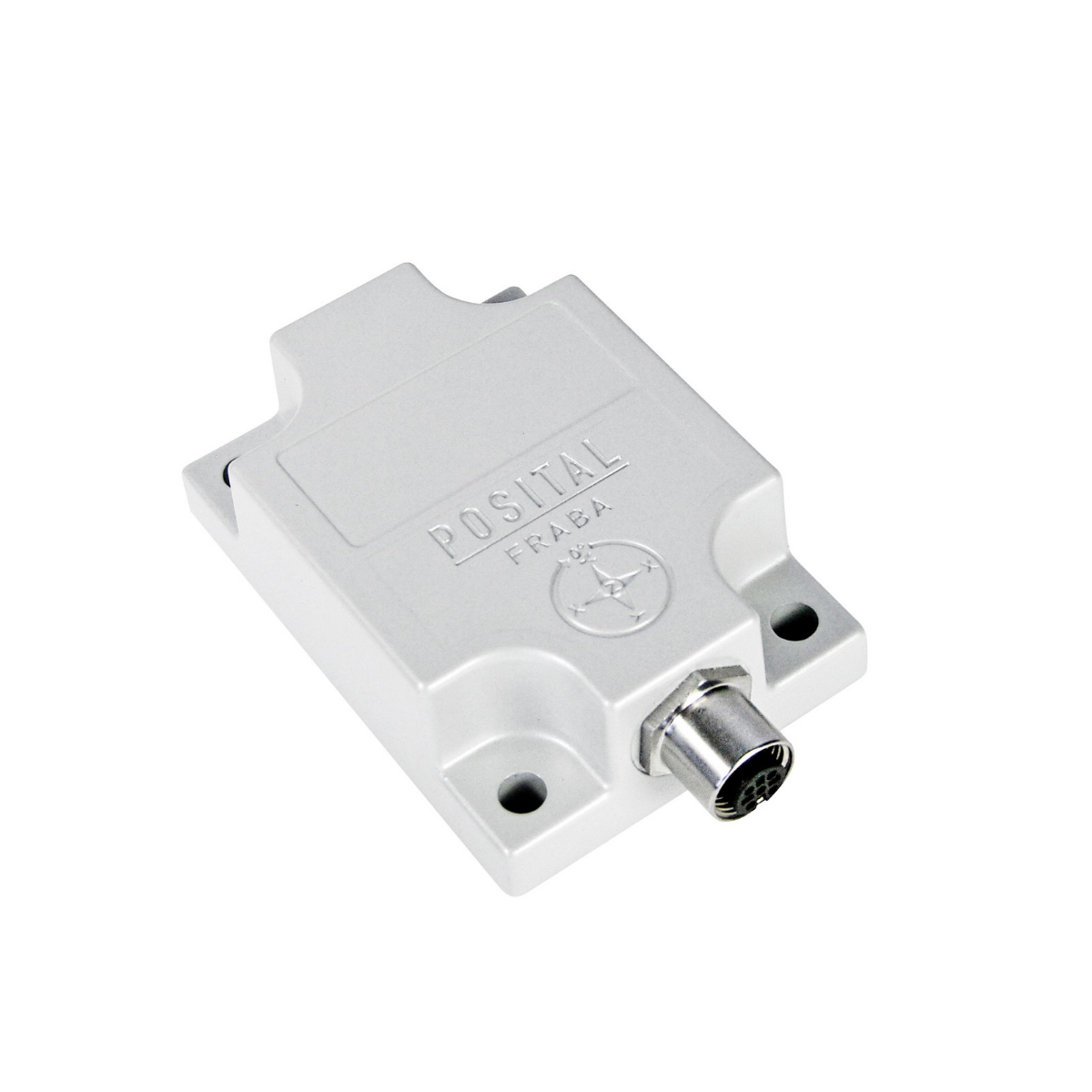Dynamic VS Static Inclinometers
POSITAL is a leading manufacturer of position sensors that have developed innovative solutions for measuring tilt angles with their dynamic and static inclinometers. While both types serve to measure angles relative to the force of gravity, they differ fundamentally in their design and solutions provided.
Static Inclinometers
Static inclinometers from POSITAL are designed for very small moves or vibrations. Using an accelerometer, the device relies on measuring the Earth's gravity components to calculate tilt angles and slope position. It provides accurate measurement in stable environments, making it ideal for applications including solar panel positioning and structural health monitoring.
However, static inclinometers have limitations when there are sudden movements or vibrations, which can introduce errors in the tilt measurements.
Dynamic Inclinometers
To address the limitations of static inclinometers, POSITAL developed dynamic inclinometers. These advanced MEMS sensors use both 3D acceleration sensors and 3D gyroscopes, which work together to give more accurate readings.
The 3D acceleration sensor in dynamic inclinometers has no physical damping, which allows it to respond quickly to fast movements. Working alongside the acceleration sensor, the 3D gyroscope measures how fast the device is rotating by detecting changes in momentum. This combination allows for fast response times and clean signal output, even in challenging conditions. For dynamic movements that involve heavy shocks and vibrations, POSITAL’s Dynamic TILTIX inclinometers should be used.
Key Differences
Sensor Technology: Static inclinometers use only accelerometers, while dynamic inclinometers integrate both accelerometers and gyroscopes.
Performance in Motion: Dynamic inclinometers outperform static ones in moving environments, providing cleaner signals with less noise.
Applications: Static inclinometers are best for stable conditions, while dynamic inclinometers excel in mobile equipment and machinery.
Signal Output: Dynamic inclinometers produce a more stable and accurate output when subjected to sudden movements or vibrations.
Applications
The use of POSITAL's inclinometers in agricultural machinery significantly boosts operational efficiency by ensuring that equipment maintains the correct angle and height during fieldwork. These sensors are attached to different parts of the equipment such as the planter boom and dipper arm to measure their position. With a robust metal shell and an IP69K rating, these devices are protected against dust and water, can handle significant shocks and vibrations, and operate effectively in a wide range of temperatures.
If you are involved in construction machinery, agricultural equipment, and other mobile applications and want to learn more about the POSITAL inclinometers, contact the ADM team here. With over 35 years of experience providing sense, measurement, test, and power solutions, we are here to help answer your questions.



